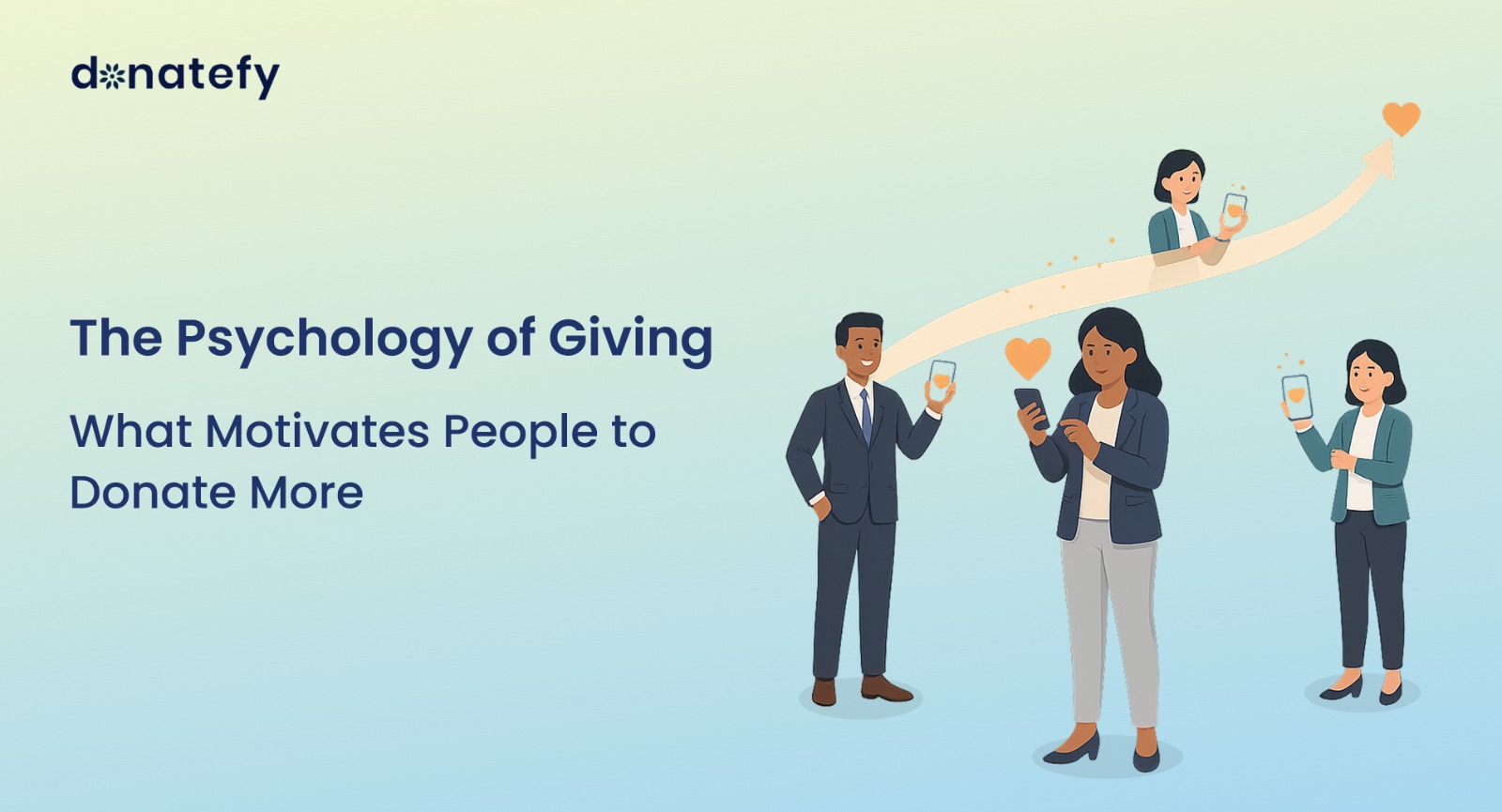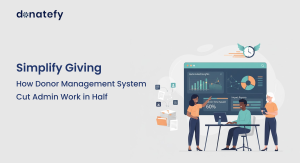Giving is one of those fascinating human behaviors that seems simple on the surface but is deeply rooted in psychology, culture, and emotion. For nonprofits, understanding what drives donations can make the difference between a good nonprofit fundraising campaign and a great one. Whether it’s a one-time gift, recurring donation, online donation, or support through a donation kiosk or online fundraising platform, the motivations behind giving are complex and understanding them can help your organization inspire generosity more effectively.
1. The Power of Empathy
At the heart of giving is empathy, the ability to put ourselves in someone else’s shoes. When donors see the impact of their charitable giving on real people or communities, it activates emotional engagement. Research shows that vivid storytelling, photos, or videos of beneficiaries dramatically increase contributions because they trigger an emotional connection rather than abstract reasoning.
Highlight personal stories of the people your organization serves. Donors give to humans, not just “causes.” This also boosts donor engagement and strengthens relationships.
2. Social Influence and Peer Pressure
Humans are social creatures. We look to others when deciding how to act, and philanthropy is no exception. Social proof showing that friends, family, or a wider community are donating can encourage more giving. Online fundraising platforms often display recent contributors or donation amounts, boosting engagement and giving trends.
Consider showing community participation, donor leaderboards, or matching campaigns. People don’t want to feel left out of a meaningful fundraising strategy.
3. The Psychology of Reciprocity
Reciprocity is a subtle but powerful motivator. If a donor receives a small gesture like a thank-you note, exclusive update, or early access, they are more likely to give again. It’s not manipulation; it’s human nature to respond to kindness.
Treat every interaction as an opportunity to create goodwill. Even small gestures can inspire repeat donations. Use a donor management system to send receipts, updates, and personalized messages, whether your donors give online or onsite.
4. Identity and Self-Perception
Donors often give to reinforce their values or how they see themselves. A supporter of education programs, for example, may donate not just to help others but to align with their identity as an “advocate for learning.” Giving can satisfy deeper psychological needs for purpose, meaning, and legacy.
Frame online donations and giving campaigns as a way for supporters to express their values and make an impact that reflects who they are.
5. The Role of Urgency and Scarcity
Deadlines, limited-time campaigns, or urgent crises tap into human psychology by creating a sense of scarcity. When donors perceive that their contribution is needed immediately, it can drive faster and larger donations.
Balance urgency with clarity. Explain why giving now matters and what difference it will make. Add goal meters to your campaign to showcase impact and motivate action.
6. Transparency and Trust
People give when they believe their money will make a real impact. Transparency about how funds are used, sharing success stories, and providing clear metrics build trust. Donors are more likely to return if they feel confident their donation is making a difference.
Show tangible outcomes for every giving campaign. Share impact reporting and explain exactly how funds are used. Trust amplifies generosity.
7. Gamification and Engagement
Modern fundraising isn’t just about asking; it’s about engaging. Contests, progress bars, badges, and challenges create interactive experiences that make giving rewarding. Gamification leverages our intrinsic desire for achievement, recognition, and social interaction.
Turning giving into an engaging experience whether through online donation platforms, or donation kiosks can increase both frequency and donation amounts while boosting donor engagement.
Closing Thoughts
Understanding the psychology of giving is about more than raising money; it’s about connecting with people on a human level. Empathy, social influence, reciprocity, identity, urgency, transparency, and engagement all play vital roles. The more nonprofits recognize the emotional and cognitive drivers behind giving, the better they can inspire generosity not through guilt or pressure, but through meaningful connection.
Because at the end of the day, people don’t just give; they give better when they feel understood, valued, and empowered. By leveraging modern fundraising strategies and staying aware of giving trends, nonprofits can maximize their impact and create lasting relationships with donors.






